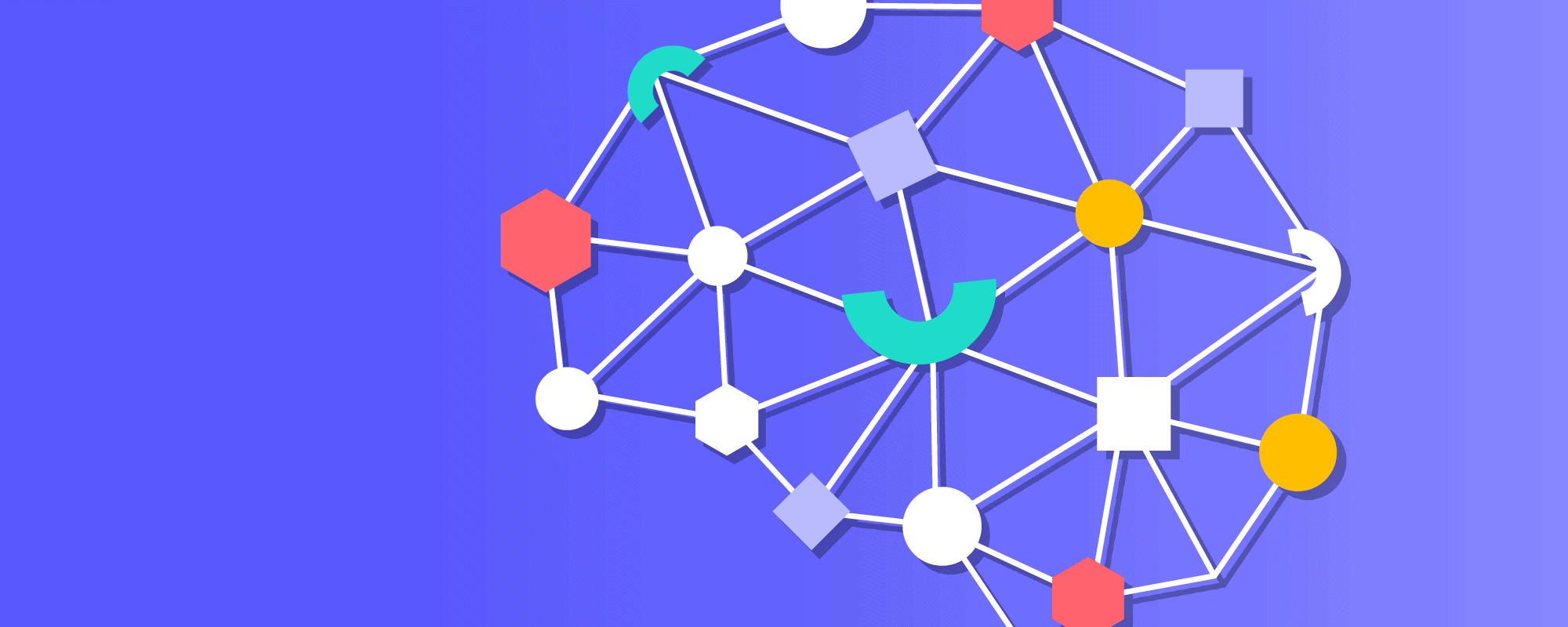
Here's Why Your Customer Marketing Team Needs Content Intelligence
Think about the last time you purchased software for your martech stack. Depending on where you were in your buyer journey (researching, purchasing, or post-sale) you should have noticed some differences in the marketing tactics. Or at least we’d hope so!
Post-sales nurturing and customer marketing involve many of the same tactics as a lead gen strategy, but instead of planning for a buyer journey, you’re now thinking about a post-sales customer journey.
Content intelligence during post-sales
Some marketers will spend their time curating the perfect buyer journey to increase lead generation, while treating onboarding and customer resources as an afterthought. By using content intelligence, your customer marketing teams will have the opportunity to:
-
- Work with sales to uncover new sales opportunities. Start serving up relevant content to current customers about new products or features and start having conversations about upsell opportunities.
- End long-winded email newsletters. Consider grouping content into segment-based ‘content tracks’ and let your readers consume your content at their own pace.
- Turn your customers into advocates (or just do a great job retaining them!). It costs more to acquire a new customer than it does to retain an existing one. Keep your customers engaged by sharing relevant content that will help them see the value your product brings to their business.
Content intelligence in action: how Cisco increased product adoption for new customers
Using similar nurture techniques that would be employed during the buyer journey, PathFactory customer Cisco boosted their customer adoption 3.5x by serving up relevant post-sales content to their 300,000+ partners. In order to improve technology adoption in their subscription products, Cisco needed a strategy to engage customers in the post-sale stages of the customer lifecycle. Knowing their customers are 80% more likely to realize the full value of products (and eventually renew) if adoption takes place in the first 30 days, they needed a way to help buyers self-educate faster.
When it came to getting information and resources in front of their existing partners, Cisco knew that email wasn’t the answer; they were already feeling overly dependent on email as the main communication channel. Using PathFactory, Cisco created separate content tracks to deliver a personalized content experience to their partners, depending on the type of information they should be receiving. The result? A 130% increase in content consumption, a 24% increase in closed-won revenue, and higher rates of retention since the partners can now realize the full value of their subscription.
Remember: Marketing doesn’t begin and end with lead generation
Using content intelligence in customer marketing, more emphasis is put on the omni-channel touch points presented to customers through their buyer journey. To their detriment, many B2B companies focus too closely on becoming lead generating machines, concerning themselves with passing leads off to the sales team. But imagine if your nurture strategy didn’t stop when a customer signed on the dotted line. While it’s important to nurture prospects and close deals, it’s just as important to ensure your customers have everything they need to succeed with your product.
From lead gen to post-sale, curious to see how PathFactory can help elevate your marketing? Get in touch!
